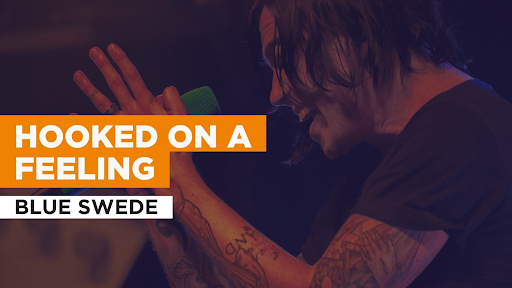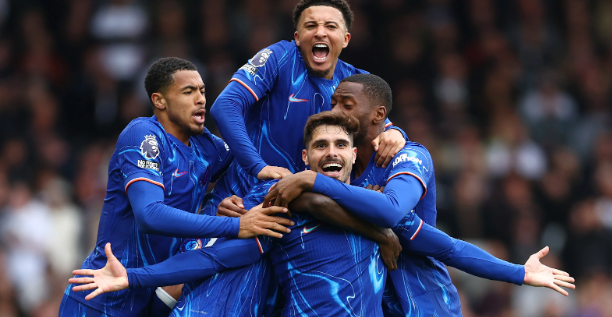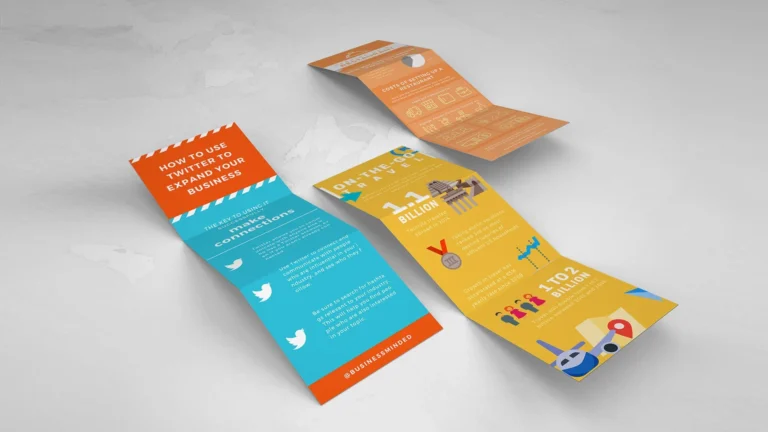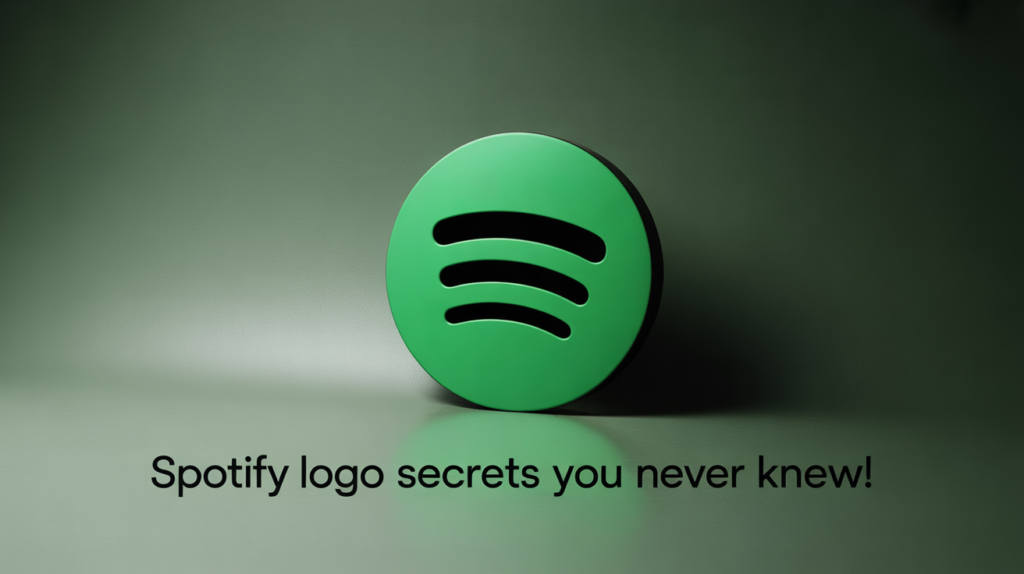
When you think about Spotify, you probably think of all the music you can stream for hours on end, your favorite songs, and tailored playlists. But there’s one thing we all see before even hearing a beat—the Spotify logo.
In this article, I’ll take you deep into the world of the Spotify logo, exploring how it came to be, what it represents, why it works so well, and how it has evolved over the years. Whether you’re a graphic designer, branding enthusiast, or just curious, you’re about to discover insights and stories behind the Spotify logo that most people don’t know.
Table of Contents
What Is the Spotify Logo?
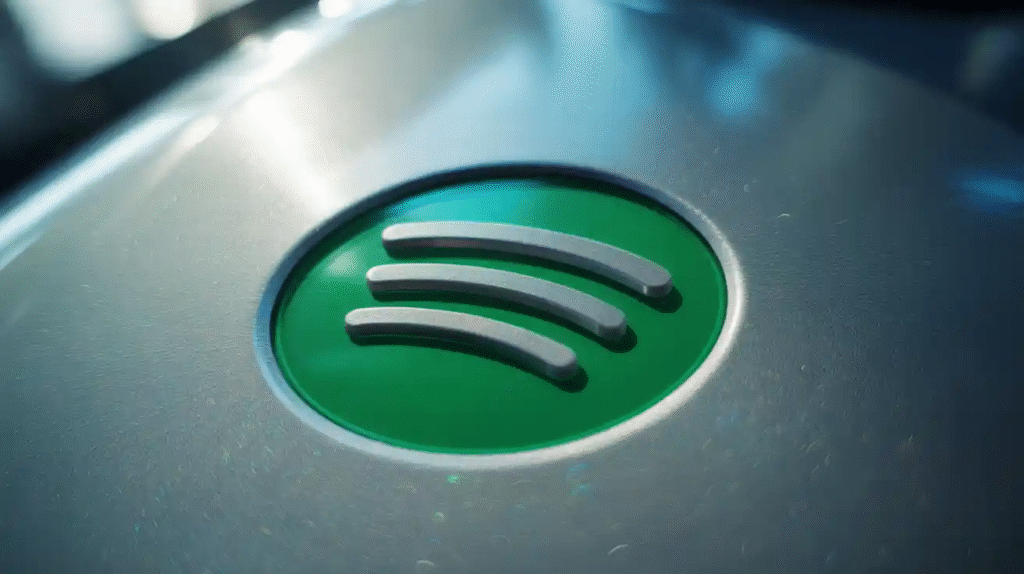
The Spotify logo is a well-known symbol around the world. It’s a plain green circle with three curving black lines inside. At first glance, it may seem basic, but this minimalist design holds a lot of meaning.
The current logo is designed to be clean, modern, and highly recognizable, even at a small scale. Whether you’re opening the app on your phone, seeing an ad, or spotting Spotify on a billboard, that logo instantly tells your brain: “This is where the music is.”
Breaking Down the Design
Let’s look at each element of the logo:
1. The Green Circle
The green is not just any green—it’s a custom hue called “Spotify Green” (#1DB954). It represents growth, energy, and creativity. Psychologically, green is also tied to balance and freshness—key values Spotify wants to evoke.
2. The Sound Waves
Those three curved lines inside the circle represent sound waves or Wi-Fi signals. It’s a smart visual metaphor for streaming music wirelessly—which is exactly what Spotify does. The waves are slightly off-center and not perfectly curved, which some believe reflects a more “human” and less robotic feel.
The Evolution of the Spotify Logo
In 2006, Spotify was started, and in 2008, it went live. Since then, the logo has gone through several small but significant changes.
| Year | Logo Style | Notes |
|---|---|---|
| 2008 | Wordmark with icon | The first logo had a fun, bubbly look. The sound waves were tilted. |
| 2013 | Simplified icon | Shift toward mobile design. Cleaner look. |
| 2015 | Flat design | Embraced minimalism with the flat green-and-black circle. |
| 2019 – Today | Refinements | Adjusted colors and spacing for modern interfaces. |
Every redesign fit with Spotify’s expansion, from a niche app to a streaming juggernaut throughout the world.
The Psychology Behind the Spotify Logo
As a content creator and digital marketer myself, I’ve learned that logos aren’t just art—they’re psychology. A great logo tells a story in a split second.
Spotify’s logo does that exceptionally well:
- Green = Growth and Creativity: It feels young, fresh, and energetic.
- Round Shape = Unity and Movement: A circle suggests flow, motion, and inclusivity.
- Sound Waves = Core Purpose: They tell you without words that this is about audio.
When I design branding for clients, I often study companies like Spotify that do minimalism with purpose. Being effective is more important than being ostentatious.
Why the Spotify Logo Works So Well in Digital Spaces
The Spotify logo is a masterclass in digital branding. Here’s why it performs incredibly well across apps, ads, and wearables:
- Scalable: It looks sharp and clear whether it’s on an Apple Watch or a 60-inch screen.
- Recognizable: The shape and color are unique in the app marketplace.
- Timeless: Despite ephemeral trends, Spotify’s logo seems timeless.
As someone who has tested countless mobile UI designs, I can say this: Simple logos win every time.
Spotify Logo and Brand Growth
From 2008 to now, Spotify has grown from a Swedish startup to a streaming empire with over 600 million users worldwide. That kind of growth demands a brand image that can scale.
What’s fascinating is how Spotify’s visual identity—especially the logo—has grown with it. Early on, the playful logo fit the startup vibe. As the company matured, the logo became more streamlined and versatile.
Their consistent yet evolving logo helped Spotify maintain a strong brand presence, even as their app, offerings, and markets expanded globally.
The Spotify Logo in Marketing and Advertising
In marketing, visuals speak louder than words. And Spotify knows this.
Here are just a few ways Spotify uses its logo effectively:
- Subtle Branding in Playlists: The logo often sits in the corner, reinforcing trust.
- Billboard Ads: Big, bold green circles catch your eye.
- Social Media: The logo adapts well to different campaigns and creative formats.
As someone who’s managed ad campaigns for startups and agencies, I can tell you: brand consistency = better ROI. Spotify’s consistent use of its logo is part of why it performs so well in every medium.
Spotify Logo in UX/UI Design
The logo isn’t just for marketing—it plays a role in how users interact with the app.
- App Icon: Recognizable instantly on your phone.
- Loading Screens: Offers comfort while buffering.
- Mini Player Icons: Looks good even in small sizes.
I once consulted on an app that had to redesign its logo because users couldn’t recognize it in a 24×24 pixel space. Spotify doesn’t have this problem. Its logo scales like a champ.
Mistakes to Avoid When Designing a Logo Like Spotify
If you’re inspired to create a brand as recognizable as Spotify, here are a few lessons from their logo evolution:
- Don’t overcomplicate: Stick to one idea. Spotify chose “sound waves”—and committed to it.
- Colors matter: Use a unique brand color that stands out but also fits your industry.
- Simplicity = memorability: Simple logos are easier to recall and recognize.
I’ve made the mistake early in my career of using too many elements in a logo. Learn from Spotify—less is more.
Fun Facts About the Spotify Logo
- Easter Eggs: Some fans speculate that the spacing of the waves mirrors a musical rhythm pattern.
- Localization: Spotify rarely changes its logo in international markets. It’s globally consistent.
- Neuroscience Approved: Studies show humans recognize circular logos faster than complex shapes.
Final Thoughts: Why the Spotify Logo Matters
The Spotify logo can only appear as a green circle to the typical user. But in the world of branding, design, and marketing, it’s a powerful case study in logo success.
It combines simplicity, meaning, scalability, and psychology—making it one of the most effective modern logos. As a designer and digital strategist, I look at logos like this and think: This is what we should all strive for.
Next time you tap that little green icon on your screen, remember—there’s a lot more to it than meets the eye.

